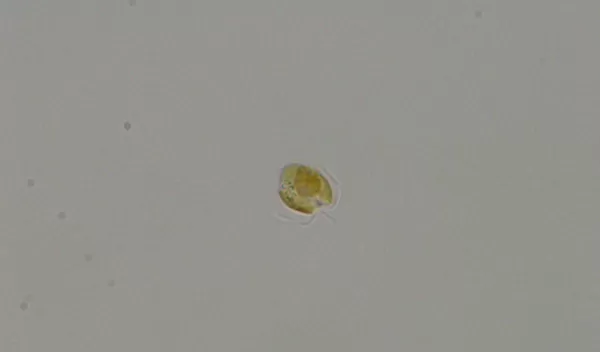
Massive genes allow golden algae to synthesize its toxin
The toxic golden alga, Prymnesium parvum, can cause mass mortality events involving fish, including the environmental disaster that impacted the Oder River in Europe in 2022, killing half the river's fish population. Now, NSF-supported researchers have discovered two massive genes involved in making the algae toxic, opening the door to limiting the toxicity and impact on wildlife.
One toxin gene, named PKZILLA-1, is an amazing 137,000 base pairs long and encodes a protein consisting of 45,212 amino acids, making it the largest protein-coding gene characterized so far. For reference, most proteins are less than 1,000 amino acids; the largest known protein in humans, TITIN, is 35,000 amino acids.
The alga is prevalent in waterways and lakes in Texas, among other locations. Its toxin is similar to those made by the algae species that cause "red tides," but unlike those species, it does not have any known effects on humans or cattle.
The discovery of how golden algae create their toxin answers a long-standing question that arose from the discovery over 40 years ago of the giant toxic molecule of Karenia brevis, one of the algae that causes "red tides." The finding also provides a new model system to understand how various species of algae produce similar compounds.
